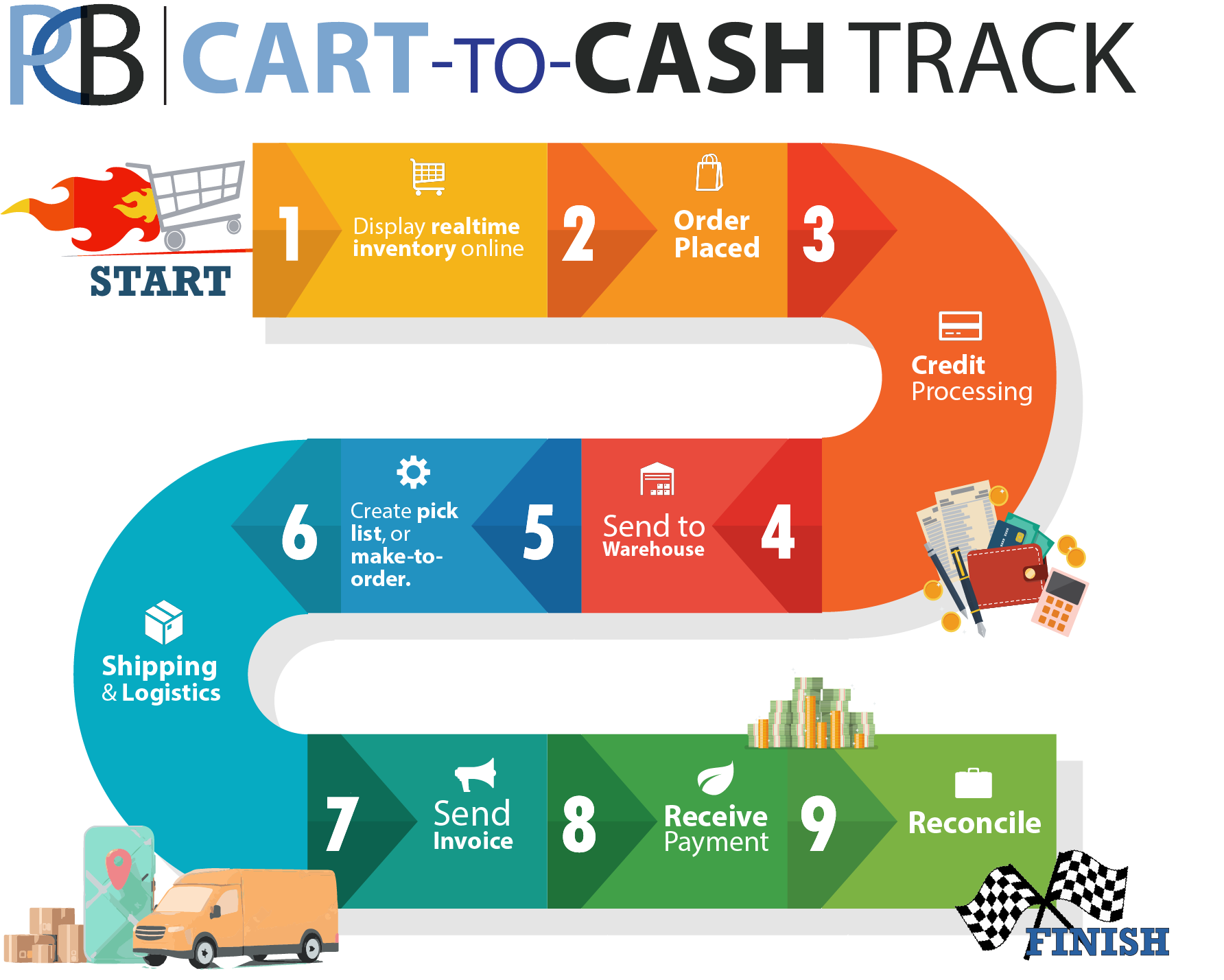eCommerce is how the vast majority of Americans shop, but does your business have a strong online storefront to support these buyers?
Online shopping is the norm now. It is where, according to Pew Research, nearly 80% of Americans make their purchases and that is because businesses like Amazon and eBay have made eCommerce feel easy to the end user. But what about B2B companies or B2C businesses that don’t want to leverage a third-party storefront?
As you may have noticed when online shopping, not all systems are created equal. Some experiences are simple, you put an item in your cart, complete payment, and tracking information is sent to your email. Next thing you know, you receive your package in a couple of days and you’re a satisfied customer. But with other sites, unfortunately, it isn’t that simple.
It can be such a frustrating experience to use an online storefront that doesn’t cater to simplicity and usability. Instead, you feel like you are jumping around a chaotic site, aren’t really sure if the process you are going through makes any sense, and, once you complete your purchase, don’t have the necessary information to feel confident you will receive your package. It can be confusing and downright irritating to be on a bad online store when you know how easy it can be.
Through the hundreds of conversations PC Bennett Solutions has had with our customers about eCommerce, we know one of the main reasons businesses worry about creating an online storefront is they fear coding a website and creating the necessary automation will require too many resources and too much time away from their employee’s normal work. They don’t want to take away from other aspects of their business just to get an eCommerce site up and running. But what if we told you that creating an online storefront and the back-end cart-to-cash process wasn’t as scary of a commitment as long as you have the right partners?
The eCommerce experts at PC Bennett have spent time working with our clients to really dive into the nitty gritty of their online storefronts and have created a systematized 9-step process for what a robust cart-to-cash track typically looks like. Once this is fully mapped out and you have the appropriate technology to support it, there is little additional work needed outside of monitoring and updating the site. That means eCommerce becomes a revenue driver for your business and isn’t a scary headache you constantly worry about!

The cart-to-cash track we have outlined enables businesses to initially set up a strong, proven process and then set the operation on cruise control. This solves the problems of incorrect inventory availability, late/missed shipments, and customer returns due to incorrect deliveries. You will earn more satisfied clients who continue to order instead of frustrated or lost users. That means your good reputation will spread, helping you grow your market share. You will also be more profitable because there will be fewer product returns and rush-shipping replacements. Efficient growth will follow as well, in addition to adding new members to your team at a slower pace which both directly address your bottom line.
This is a proven, effective system that has allowed PC Bennett’s clients to thrive once implemented. Take Van Café, a company that manufactures and sells aftermarket OEM Vanagon parts and accessories. Since implementing their online storefront and this cart-to-cash track, they have seen greater efficiencies, a free flow of information across their teams, and an immense 119% increase in revenue in just one quarter. These are the types of outcomes that can occur once this process is set up and running at its maximum capability.
Now that we have the high-level information of what nine steps you should be targeting are, let’s dive a bit deeper into each section:

By following this process, PC Bennett’s clients have created strong business outcomes. Van Café, the previously mentioned company in this blog post, didn’t only experience an 119% increase in revenue, they also witnessed a 77% increase in average order volume and a 24% increase in orders. These types of outcomes aren’t outliers either. They are instead evidence that with the appropriate technology and processes in place, strong performance will follow.
This is because you are meeting consumers’ lofty expectations for how eCommerce solutions should operate. While we aren’t suggesting you should be aiming to compete with the Amazons and eBays of the world, PC Bennett does believe that all businesses (with the proper investment of resources and time) are able to create online experiences that parallel the fluidity and ease that the largest players in the space have. That means users won’t be turned off by your online store and instead will want to operate and stay in your ecosystem because you build a robust track with usability and automation in mind.
